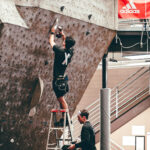Routesetting: The Art and Science of Indoor Climbing
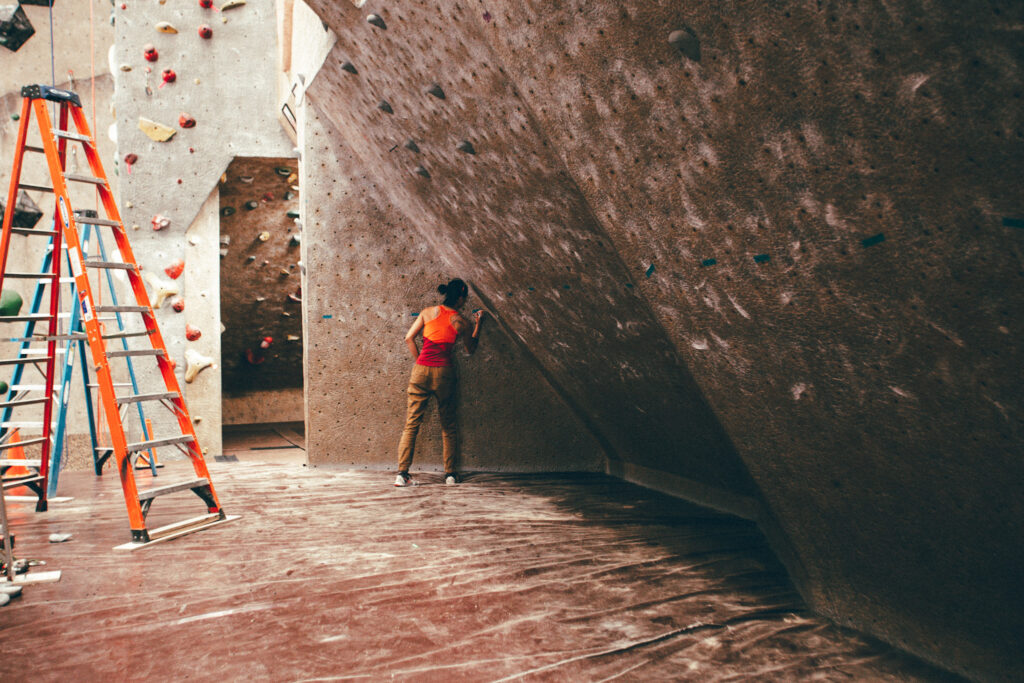
Indoor climbing has gained immense popularity over the years, attracting adventure enthusiasts, fitness fanatics, and those just looking for a fun activity. One of the key elements that make indoor climbing exciting and challenging is routesetting. Routesetting is the art and science of designing and constructing climbing routes within an indoor climbing facility using the artificial climbing surface and climbing holds of various shapes, sizes, and textures. It is a craft that requires creativity, technical skill, and an understanding of climbers’ abilities and aspirations. Let us delve into the world of routesetting, exploring its importance, process, and impact on the climbing community.
Routesetting plays a crucial role in the success and appeal of an indoor climbing facility. Well-designed routes provide climbers with a diverse range of challenges, ensuring a constant sense of progression and engagement. By strategically placing holds and creating sequences, route setters can stimulate climbers’ problem-solving abilities, agility, and strength. Good routesetting encourages climbers to push their limits, enhancing their skills and fostering a sense of achievement.
Climbing routes are a climbing facility’s main product and, as such, must meet the needs of a varied group of climbers. The quality and consistency of the routes are important factors in the facility’s programming and climber’s perceptions. Therefore, route setting impacts everyone, including the owners, staff, and customers.
Furthermore, routesetting contributes to the overall experience of climbers. Climbing is not just about reaching the top; it is about the journey and the experience of overcoming obstacles along the way. Thoughtfully crafted routes can create a sense of flow, where climbers feel in sync with the movements and the wall. This immersive experience fosters a deep connection with the sport and keeps climbers coming back for more.
Routesetting is a multi-step process that requires a combination of artistic vision and technical expertise. It is much more than merely “screwing a bunch of holds on the wall!” Let us explore the key stages involved in good route setting:
- Planning: Routesetters begin by considering the goals of the facility, the target audience, and the skill levels of the climbers. They collaborate with facility managers and climbing coaches to ensure that the routes align with the facility’s objectives and meet the needs of the climbers.
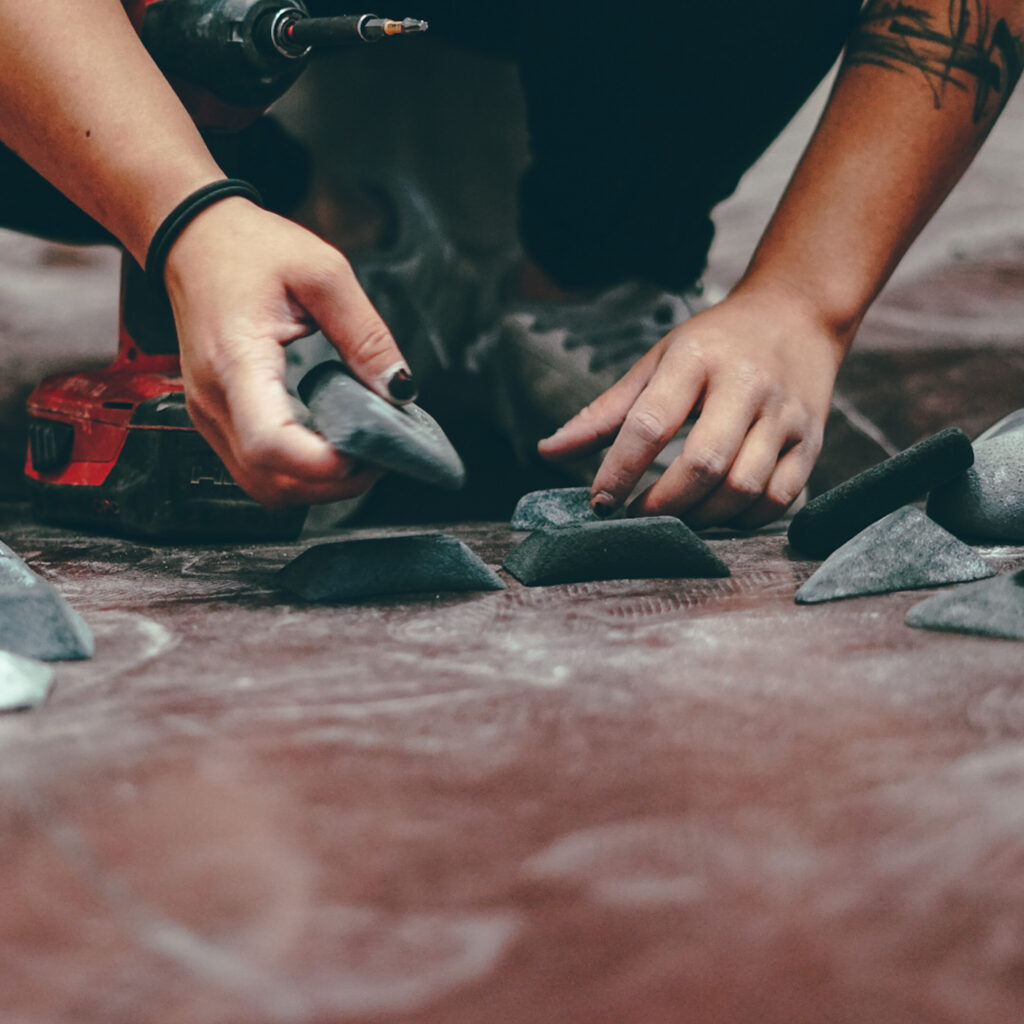
- Design: This stage involves conceptualizing and visualizing the routes. Routesetters determine the difficulty level, the type of holds to be used, and the movement patterns. They consider factors such as balance, strength, coordination, and endurance to create a well-rounded climbing experience.
- Setting: Once the design is finalized, route setters bring their vision to life by attaching holds to the climbing wall. They carefully place and orient the holds, ensuring that the routes flow naturally and offer a variety of challenges. Routesetters must also ensure the routes comply with safety standards and are suitable for climbers of different heights and body types. One goal is to provide interesting movements at every level of difficulty. This encourages continual development for new and experienced climbers alike.
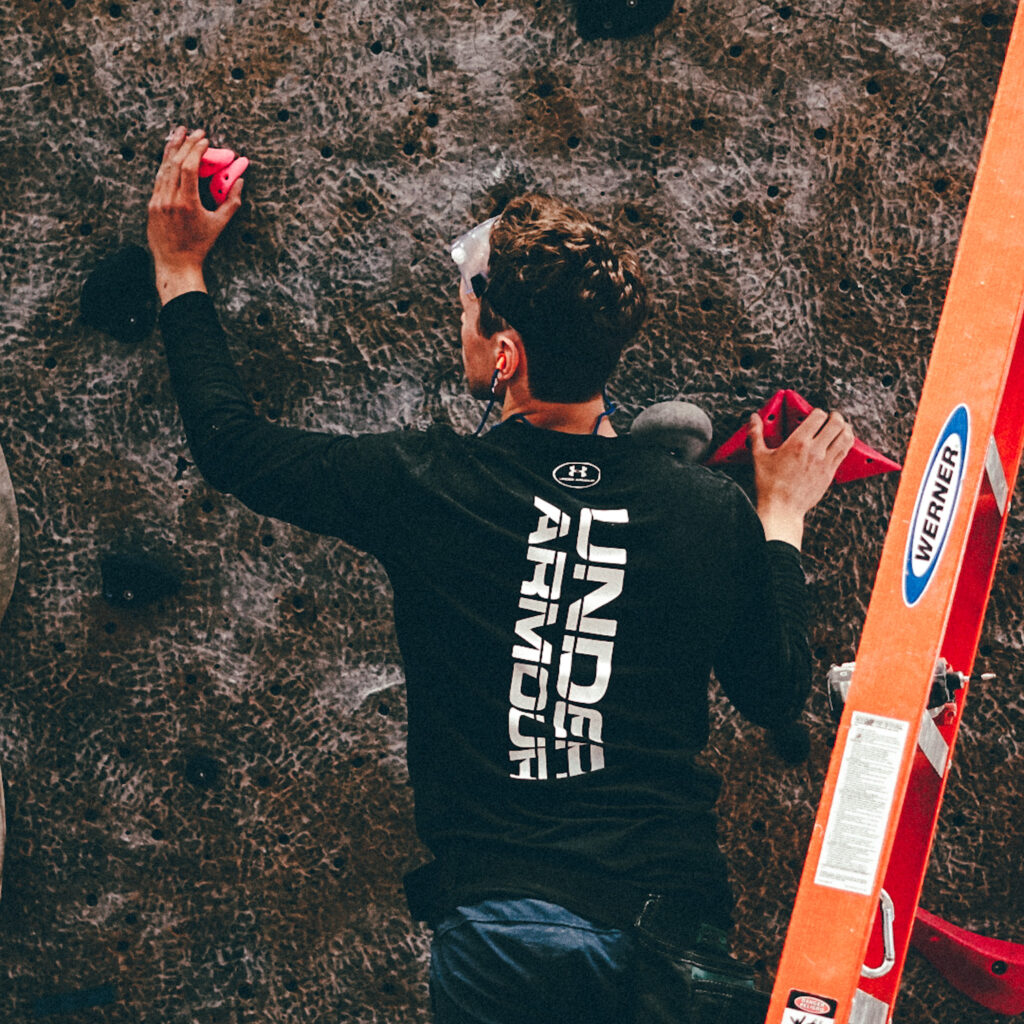
- Testing and Adjusting: After setting a route, route setters test them to assess their difficulty and flow. They climb the routes themselves or seek feedback from other experienced climbers. Based on the feedback, route setters make necessary adjustments to ensure that the routes offer an appropriate level of challenge and are enjoyable for climbers.
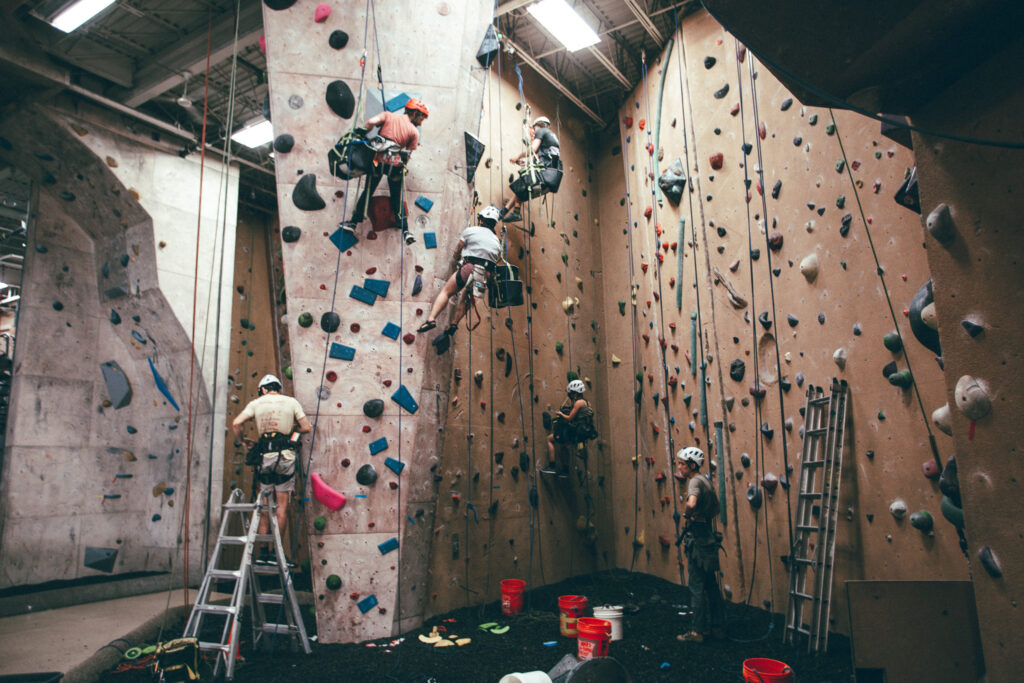
Route setters must have creativity and the ability to visualize what they want to accomplish with their routes. Another goal is to create movement that is similar to climbing real rock outdoors. However, indoor climbing has the ability to create new types of terrain and movement that is unique to an indoor setting. Nature is unrivaled in its creativity, but so are route setters.
Routesetting has a profound impact on the climbing community, contributing to the growth and development of climbers in several ways:
- Skill Development: Well-designed routes expose climbers to a range of movement patterns and techniques. This helps climbers develop their skills, including balance, coordination, grip strength, and problem-solving abilities. As climbers progress through different routes, they gain a deeper understanding of their strengths and areas for improvement.
- Community Building: Routesetting fosters a sense of community among climbers. Climbers often share beta (information on route sequences) and discuss their experiences on specific routes. This collaboration builds camaraderie, facilitates knowledge-sharing, and encourages climbers to support and motivate each other.
- Inclusivity and Accessibility: Routesetting plays a crucial role in creating an inclusive and accessible climbing environment. By setting routes of varying difficulties, route setters ensure that climbers of all skill levels can find suitable challenges. This inclusivity encourages diversity within the climbing community.
Vertical Endeavors uses full-time, part-time, and contract route setters to maintain a quality rotation of diverse and customer-centric routes and bouldering problems in each of its facilities. Route setters not only set routes, but they also strip the holds off of old routes, clean holds, do minor wall repairs, maintain the route setting equipment, and test or forerun other route setters’ routes. They must follow OSHA guidelines, the Climbing Wall Association’s Work at Height Safety Standards for Climbing Wall Facilities, and Vertical Endeavors own operational and safety policies. Most of the route setters have USA Climbing route setting training and certification. These skilled individuals work hard to provide us with an ongoing variety of fun, challenging, and interesting climbing routes.
Next time you see a route setter, be sure to give them a BIG THANK-YOU!
Climbing is dangerous, it involves inherent and other risks and cannot be eliminated. The information presented here does not describe all of the risks associated with climbing and is not intended to replace or supersede expert instruction and training.
© 2023 Vertical Endeavors, Inc. All rights reserved. The contents of this article, photographs, and graphical representations are protected by U.S. and International copyright laws. Reproduction and distribution, in part or whole, without written permission from Vertical Endeavors are prohibited. The opinions and information contained in this article are for entertainment and informative purposes. They are those of the author and may not represent those of Vertical Endeavors, and do not necessarily reflect the ideas, ideologies, opinions, or points of view of the organization, affiliates, owners, stockholders, partners, suppliers, licensors or staff. Under no circumstances shall Vertical Endeavors or any entity that are, have been, or will be affiliated be liable for any indirect, incidental, consequential, special, or exemplary damages arising out of or in connection with the information contained in this article.

